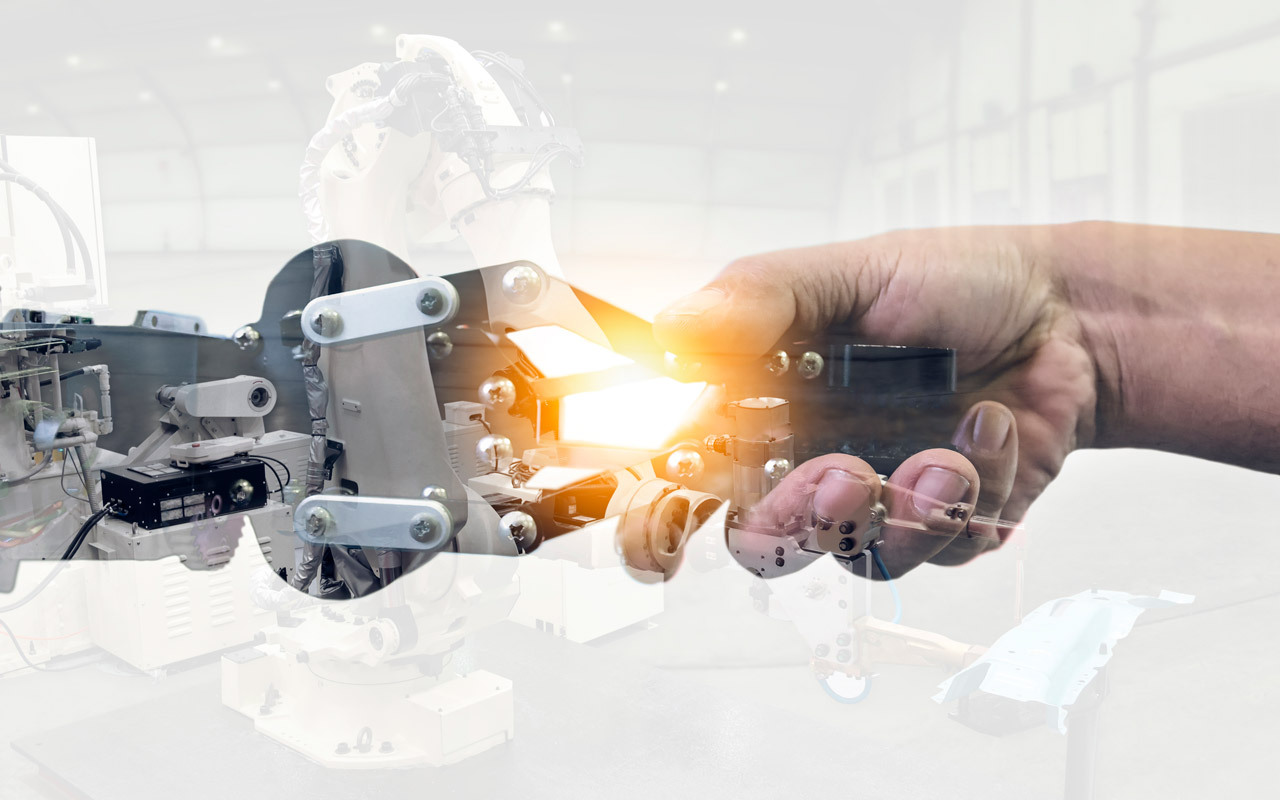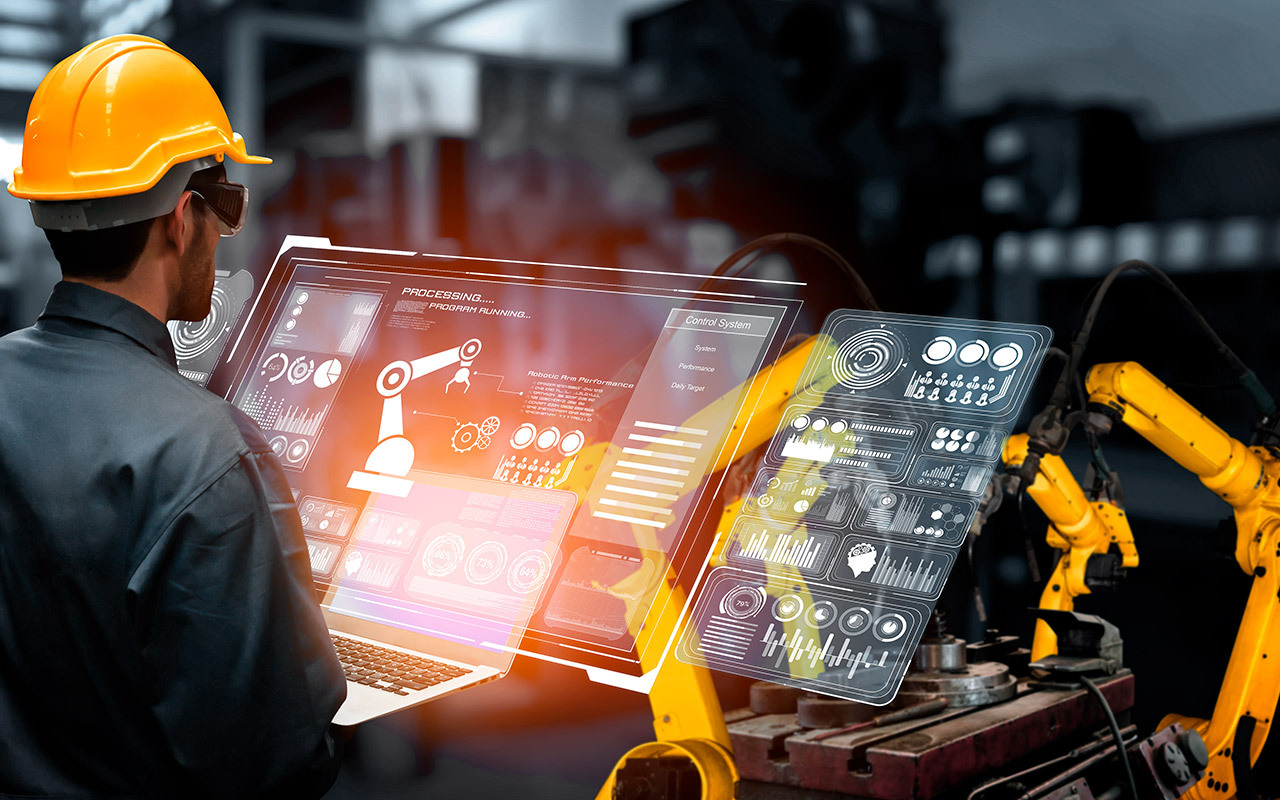19/10/2022
Optimized process chain: Starting out in a smart factory can be this easy

The digital factory is an interesting, but also very complex technology. In many cases, it requires a comprehensive reorientation of data acquisition and management in the company. For this reason, many companies are reluctant to embark on digitalization. But it is not necessary to implement the entire digital process chain right from the start – a strategy of small steps, picking the "low-hanging fruits", i.e., the measures that are easy to implement, is much more sensible.
Taking the right path from the very beginning
Even if you take small steps, you should do so in the right direction. Translated to the Smart Factory, this means: First, the main goals are defined, knowing that these goals cannot be achieved directly and quickly. The next step is to identify the components that will enable the goals to be achieved: What data is needed, how is it collected, processed, and forwarded? What technical requirements and tools are necessary for that? The challenge is to find tools, technologies and software architectures that enable rapid success, but also have the potential to implement the main goal. They also need to be flexible enough to adapt as perspectives change with growing experience and changing business models.
Rapid success through gradual introduction of modern technologies
However, potential low-hanging fruits can be quickly identified, especially in the last point of the above list. A typical example is DNC (Distributed Numeric Control), the networking of machining centers. On the one hand, this technology is a basic prerequisite for the Smart Factory, but on the other hand it also brings a major productivity boost in itself.
Production planning overhearing: Plug&play sensors provide data
Simple sensors, that don't even need to be connected to the machine controller, enable the first steps towards machine communication. For example, the plug&play sensors from oee.ai can count piece numbers. In this way, the status of production orders can be automatically reported back to process engineering. Planners thus know in real time how far a job is currently completed and when the machine is expected to be available. This means that follow-up orders can be scheduled much more accurately than before, when only the end of processing for the entire order was reported back. This reduces downtime and increases productivity.
Monitor and increase quality
Other plug&play sensors measure vibrations, which can be used, for example, to monitor the service life of tools. The duller a milling cutter becomes, the poorer the surface quality and dimensional accuracy of the machined workpiece. At the same time, additional vibrations are generated. If the vibration of the machine during normal operation is known, these additional vibrations can be detected at a very early stage. The sensor or the evaluation software now triggers an alarm, and the milling cutter can be replaced before rejects are produced – the entry into predictive maintenance.
“Smarten up“ older machines
Modern machines have controls that evaluate piece numbers or vibrations themselves. They can be directly integrated into smart factory scenarios via DNC. However, the sensors described also work autonomously of the controller, which makes it possible to integrate older machines into these scenarios that are not yet so "smart”. Older machines can thus continue to be used efficiently and managed intelligently at the same time.
Reduction of energy costs: Switching off unused machines
The power consumption alone can be used to determine whether a machine is working or idle. Sensors can be used to determine the end of machining and switch off the machine and the necessary peripherals such as chip conveyors and air compressors. In many companies, unmanned production is used to extend machine running time. This involves starting longer-running machining sequences in the evening or before the weekend, which the machine then processes without human supervision. Once the job is finished, the machine is on standby until the next morning or Monday morning when the operator removes the component, and the next job is started. If the machine and its peripherals are automatically shut down during these downtimes, during which a considerable amount of electricity is consumed, a significant amount of electricity can be saved. Step by step, manufacturing is getting smarter - the measures described are still a long way from artificial intelligence or other, lofty scenarios, but already offer many advantages and additional benefits. It is important to build these individual measures based on an integrated software architecture so that they can grow together seamlessly when required. Continuous steps toward digitalization are then possible.


